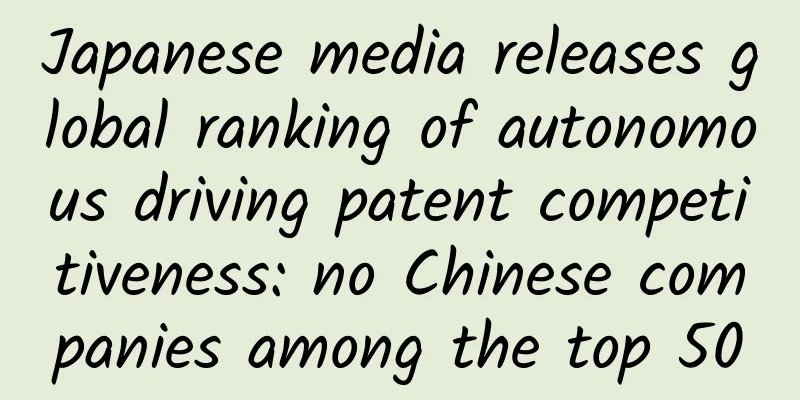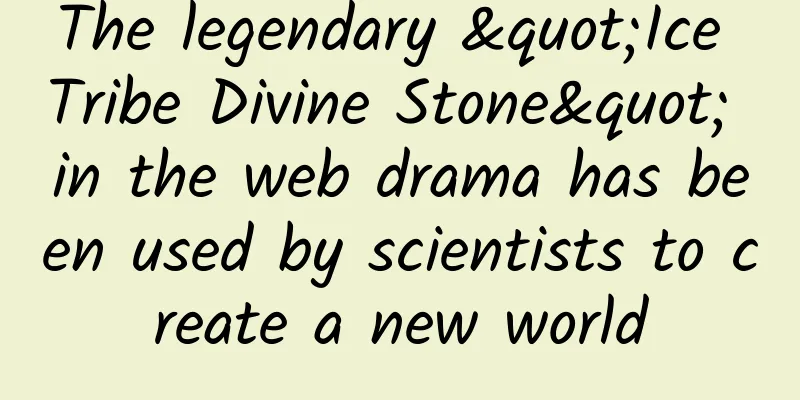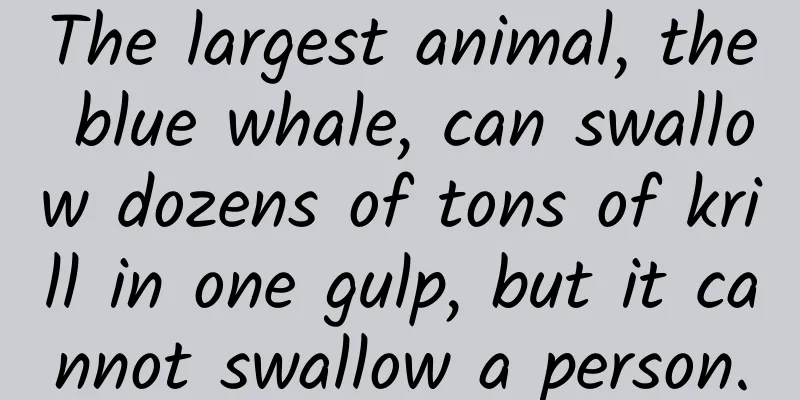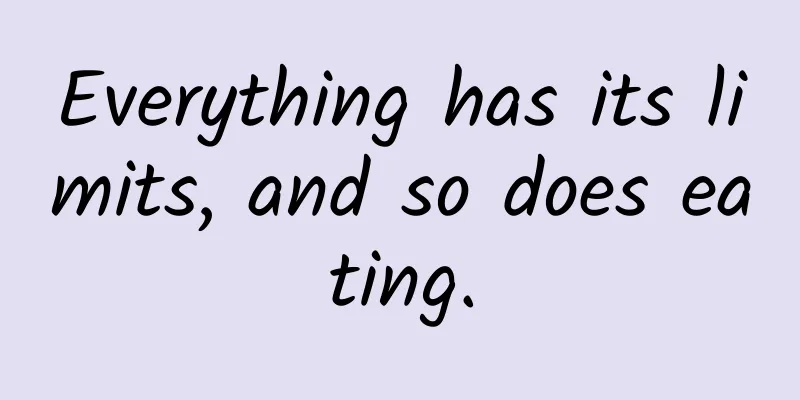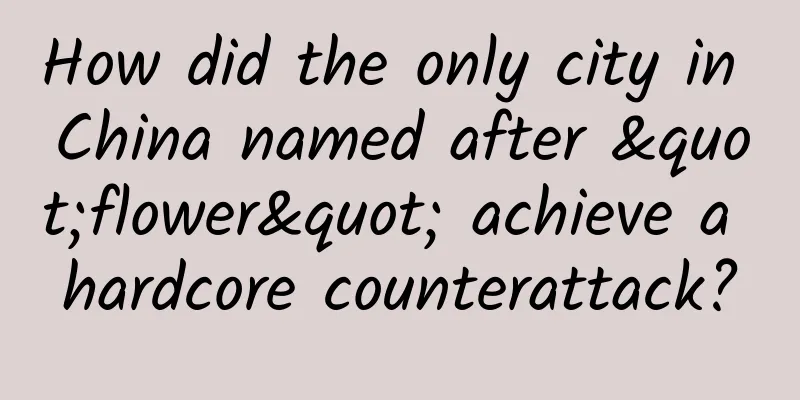Is there psychology in lottery? Come and see what your chances of winning are
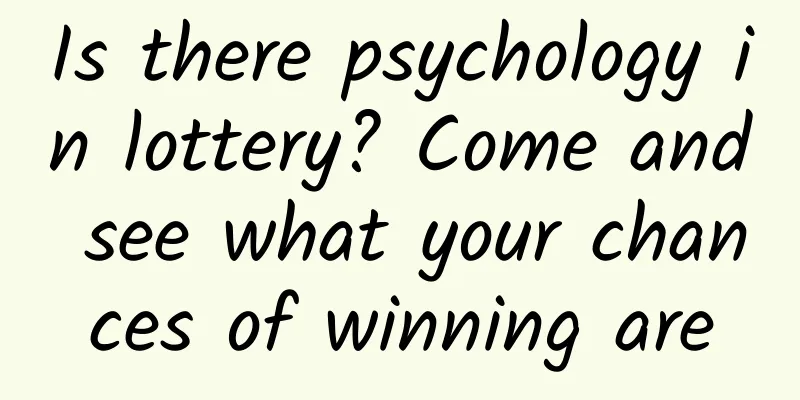
|
Lottery, game draw, all kinds of lottery activities are filling our lives. For businesses that hold lottery activities, fancy lottery activities can effectively attract customers; and for consumers who participate in lottery activities, the possibility of getting rich returns with a small investment is really very tempting. But when you participate in a lottery, do you also wonder: "There are so many prizes and many people have won them, why am I the only one who has never won one?" Of course, not winning a prize does not rule out the possibility of unscrupulous merchants manipulating the situation behind the scenes, but today we are going to explore the psychology and probability issues in fair draws. Part 1 Why do you always feel like you can win the lottery? It should be clear that the probability of winning in most lotteries in life is very low. To give a simple example, friends who often play mobile games may know that the probability of drawing a rare character is generally less than 2%; and the common lottery game mechanism "Double Color Ball" has a winning probability of only 6.71% (taking the Welfare Lottery Double Color Ball as an example, a single bet of 1 note, including first to sixth prizes). As for the first prize of the "Super Jackpot", the probability of winning is only about one in 17 million. Of course, there are also rules for multiple bets in the Double Color Ball. We will only give a simple example here. From this we can see that those who win the lottery are among the “lucky few” among the crowd. Since the probability of winning is so low and the number of winners is so small, why do we feel that everyone around us is winning? This needs to be considered from a psychological perspective. Firstly, in order to attract more people to participate in the lottery, the organizers of the lottery will use the winners for publicity, and the media are also particularly happy to report on the lucky winners. This causes our attention to be focused on the few winners and ignores the majority of participants who have not won, giving us the illusion that "everyone is winning." This logical fallacy is called survivorship bias in psychology, that is, people only see the results produced by a certain screening, but are not aware of the screening process, and therefore ignore the information that has been screened out. (Image source: self-made by the author) After screening by merchants and the media, we only pay attention to those who won the prize, but fail to pay attention to the majority of people who did not win the prize, thus ignoring the fact that "the probability of winning is very low." Secondly, as lottery participants, we subjectively hope to win the prize. Therefore, we usually pay more attention to the winners and deliberately ignore the existence of those who did not win. This kind of thinking error is called confirmation bias (also known as confirmation bias or verification bias). When we judge our own assumptions and make decisions, we usually feel that supporting arguments are more convincing. At the same time, we will consciously or unconsciously look for information that is consistent with our assumptions and ignore information that may be inconsistent with them. (Image source: self-made by the author) Simply put, "we always tend to believe what we want to believe." In a lottery, we assume that we will win, and then our brain will continue to screen evidence that supports our hypothesis (the few winners) and selectively ignore evidence that threatens our hypothesis (the majority of non-winners), thereby ignoring the fact that “the probability of winning is very low” at a subjective level. Part 2 Is the order of the draw important? In lottery activities such as drawing lots and lucky draws, because the number of prize tickets is limited, many people worry that if the lottery ticket is drawn by someone else first, the person who draws later will not be able to draw, so the probability of winning the prize for the person who draws later will be lower than that of the person who draws first. But is this really the case? (Image source: self-made by the author) Let us first clarify the basic concepts in probability. The first is a random experiment, that is, for an experiment, if the experiment can be repeated under certain conditions, there is more than one result, and each time we try it, we cannot be sure which result will appear, such an experiment is called a random experiment. In a random experiment, the most basic and indivisible result is called the basic result or basic event. For the lottery, we cannot be sure which ticket will be drawn each time, so this lottery activity is a random event, and each ticket drawn is a basic event. In addition, the lottery event also belongs to the classical model, that is, the number of basic events is finite and may be equal. For the classical model, we have the probability of a certain event A occurring = the number of basic events contained in A ÷ the total number of basic events. Next is the conditional probability, that is, the probability of event A occurring under the condition that event B occurs. It is expressed as, when there are only two events AB, P(A丨B=P(AB)/P(B), and by transformation we can get P(AB)=P(A丨B)xP(B). Let us analyze this problem by starting with an example. Suppose there are 10 tickets in a lottery, and 1 of them is a prize ticket. According to the classical probability model, there are 10 possible results in the first lottery, one of which is winning the prize, so the probability of winning the prize ticket in the first lottery is P(A)=1/10 (the winning ticket is recorded as event A, the losing ticket is recorded as event a, and the winning ticket in the second lottery is recorded as event B). In the second lottery, there are two situations depending on the result of the first lottery: 1. I won a prize ticket for the first time, and there were 9 non-prize tickets left in the prize pool. 2. If no prize ticket is drawn in the first draw, and one of the remaining nine tickets in the prize pool has a prize, then according to the classical probability model, the probability of drawing a prize ticket (recorded as event C) is obviously 1/9. It should be noted that the probability calculated in the second case is actually a conditional probability, that is, the probability of drawing a lottery ticket the second time if the lottery ticket was not drawn the first time, recorded as P(C丨a)=1/9, and not the actual probability of drawing a lottery ticket the second time, P(B). If we want to win the lottery ticket in the second draw, we need situation 2 to occur and win the lottery ticket, that is, event a and event C occur at the same time, recorded as P(B)=P(Ca). From the conditional probability formula we introduced earlier, we can get: P(B)=P(Ca)=P(C丨a)xP(a) =P(C丨a)x[1-P(A)] Therefore, we can conclude that P(A)=P(B), that is, the probability of winning in the first and second draws is the same. By analogy, we can classify winning/not winning as two events before the lottery. Using this method, we can extend it to the third and even tenth lottery. You will find that the probability of winning is the same every time. Therefore, in a sequential draw, the probability of winning is the same whether you draw first or later. Part 3 What should you do when you encounter a Montessori problem? Monte puzzle is a very interesting problem in probability theory related to lottery, also known as the "sheep car door problem". The general content is as follows: You are on a TV show and there are three doors in front of you. Behind one of the doors is a car, and behind the remaining two doors are sheep. The host closes the three doors and asks you to choose one of them. If there is a sedan behind the door you choose, the car is yours, but if there is a sheep behind the door you choose, you will not get anything. After you make your choice, the host, who knows the location of the sedan, opens one of the remaining two doors for you, and behind the door is a sheep. At this time, the host tells you that you have one more chance to choose. So, will you stick to your previous decision, or will you choose the other door that has not been opened? Obviously, when making the initial choice, whether or not a car can be chosen conforms to the classical model we just talked about, and the probability of choosing a car is 1/3. After the host has eliminated a wrong answer for you, there are only two doors left - a sheep and a car. No matter which door you choose, the probability of getting the car seems to be 1/2. It seems that there is no point in changing the door or not. So what is the answer? If you stick to your own opinion and do not choose to change the door, your probability of getting a car is still 1/3; but if you choose to change the door, your probability of getting a car will rise to 2/3, so choosing to change the door is the best strategy. This answer sounds counter-intuitive, doesn't it? After the host opens the door and eliminates a sheep, the probability of getting a car should be 50% no matter which of the remaining two doors you choose, right? Don’t be impatient, let’s analyze this problem from the perspective of probability theory. As shown in the figure below, there are three basic results for the arrangement behind the door: (Image source: self-made by the author) From the picture we can see that no matter which door you choose, the probability of you getting a sedan is 1 in 3. After you choose a door (assuming it is door 1), there are still three situations. At this time, the host opens a door with a sheep for you, and there are two doors left on the scene: (Image source: self-made by the author) There are still three equally possible situations: Case 1: The car is at door 1, and the host has ruled out either door 2 or 3. You can get the car if you don't change it, but you can't get the car if you change it. Case 2: The car is at door 2. The host has eliminated the sheep behind door 3. If he doesn't change, he won't get the car. If he changes, he can get the car. Case 3: The car is at door 3. The host has eliminated the sheep behind door 2. If he doesn't change, he won't get the car. But if he changes, he can get the car. Since the probabilities of the three situations are still equal, this problem still conforms to the classical probability model. It is not difficult to conclude that if you choose not to change the door, the probability of getting a car is 1/3; if you choose to change the door, the probability of getting a car is 2/3. In order to achieve marketing goals, various businesses often hold various lottery activities, and the rules of the lottery activities are also varied. But in fact, these dazzling lottery rules are basically beneficial to the business. You may make a small profit, but the business will never lose money. When faced with these complicated lottery activities, only by understanding basic psychological theories and mastering probability knowledge can we avoid being instigated and misled by unscrupulous merchants and not be deceived by complicated lottery rules. Finally, it should be emphasized that moderate participation in lotteries can be a form of entertainment, but one must not become addicted to lotteries, nor should one excessively hope to “get rich overnight” through lotteries. A “gambler’s mentality” is not desirable! Produced by: Science Popularization China Author: Canteen Science Popularization Producer: China Science Expo The article only represents the author's views and does not represent the position of China Science Expo This article was first published in China Science Expo (kepubolan) Please indicate the source of the public account when reprinting Please indicate the source of the reprint. Reprinting without authorization is prohibited. For reprint authorization, cooperation, and submission matters, please contact [email protected] |
<<: What are these black spots on the edge of bus glass used for?
>>: The feasibility of using a magnifying glass to focus moonlight to ignite fire!
Recommend
User Operations: 5 Case Studies to Teach You How to Insight into User Needs
The most difficult thing is to write an introduct...
iPhone 12 price trend: 10% drop in 2 months, 18% drop in 5 months
iPhone 12, Pro, and Pro Max price trends over the...
Top 10 highlights of world aerospace in 2022
2021 was an extraordinary year in human space his...
After getting the medicine prescribed at a big hospital, should the community clinic help with the injection?
Recently, there was news that an elderly man was ...
Coding is a happy thing
[[136552]] How many jobs are there in this world ...
Yangtze River Porpoise Scientific Expedition Diary: Meeting new friends in the old place, hello porpoise!
Produced by: Science Popularization China Author:...
A complete template for advertising planning!
Today I will share with you how to plan the place...
30 Taobao online store promotion methods that novices must read
For a novice opening a store, just waiting won’t ...
The top ten e-books are free and completed, and the fantasy novels are ranked?
Due to the epidemic, many people are bored at hom...
First release in the Year of the Tiger! The Land Exploration No. 1 satellite group 01 was successfully launched, opening a new mode of space observation
At 7:44 am on February 27, my country successfull...
Sogou Advertising Strategy Case
Let me first talk about two cases to give you an ...
How to quickly take over a new SEM project?
When it comes to online marketing, many people wi...
A complete analysis of the Internet marketing and operation plan!
With the rapid development of mobile Internet, th...
Practical video course production, promotion, and money-making video course with a monthly income of over 10,000 yuan
Free software and files Speaker: Xie Yinlong 0 ba...
